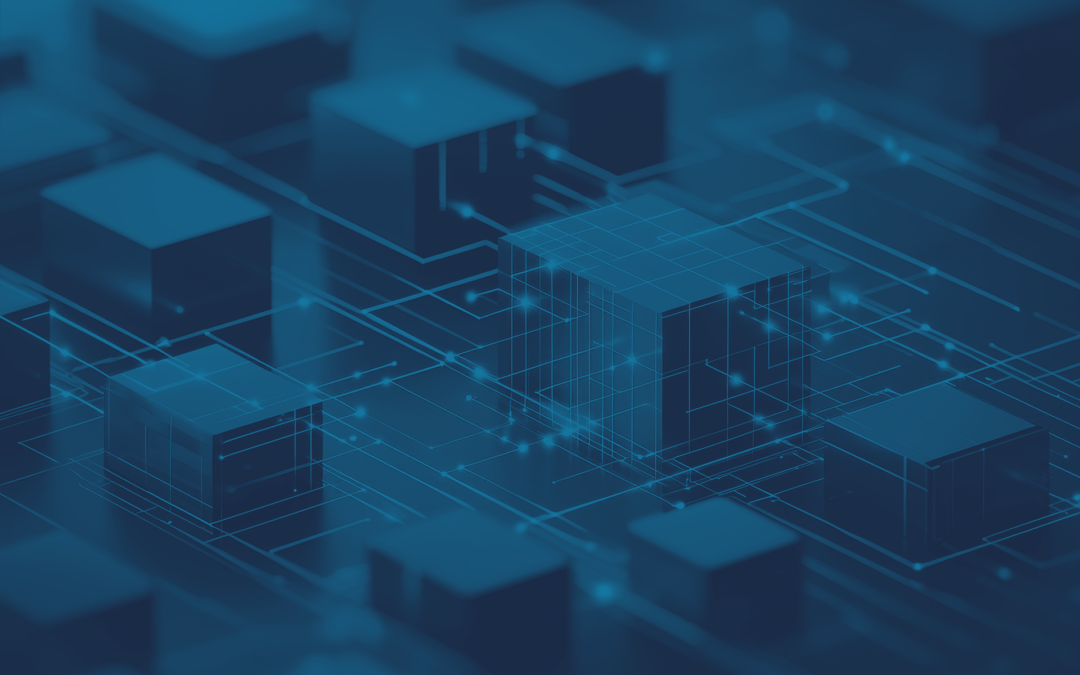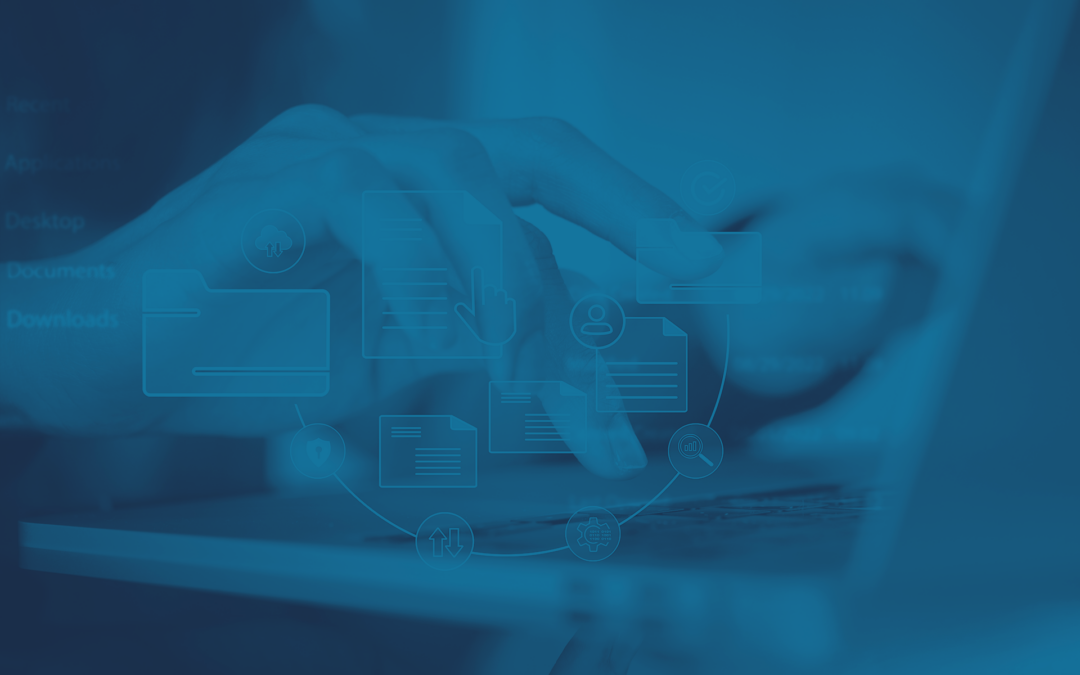
by Perry Lynch | Jun 22, 2019 | Blog
CIS Control 14 focuses on limiting access to sensitive data based on user roles and business need, reducing the risk of unauthorized access or data leakage. Through access controls, VLAN segmentation, encryption, and role-based permissions, organizations can better protect critical assets while minimizing their attack surface.

by Perry Lynch | May 13, 2019 | Blog
CIS Control 13 focuses on protecting sensitive data through identification, classification, encryption, and ongoing monitoring. By securing data at rest and in transit, detecting unauthorized transfers, and applying layered defenses like DLP and access controls, organizations can significantly reduce the risk of data leaks or compromise.

by Perry Lynch | Apr 11, 2019 | Blog
CIS Control 12 focuses on securing network boundaries through segmentation, traffic filtering, intrusion detection, and strong remote access controls. As network perimeters become more complex with cloud, mobile, and remote access, layered defense strategies are essential to minimize risk and prevent unauthorized activity.

by Perry Lynch | Mar 13, 2019 | Blog
CIS Control 11 emphasizes the importance of securely configuring network infrastructure devices such as firewalls, routers, and switches. By establishing strong configurations, enforcing change management, limiting administrative access, and staying current with security patches, organizations can reduce the risk of unauthorized access and ensure consistent protection across their network.

by Peter Dietrich | Feb 18, 2019 | Blog
CIS Control 10 focuses on data recovery capabilities—ensuring organizations can restore critical data in the event of a breach or failure. Through regular automated backups, offsite storage, routine integrity testing, and robust physical and digital protections, organizations can minimize downtime and maintain business continuity.





